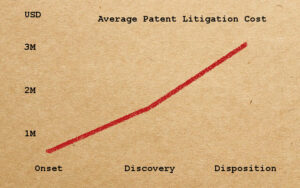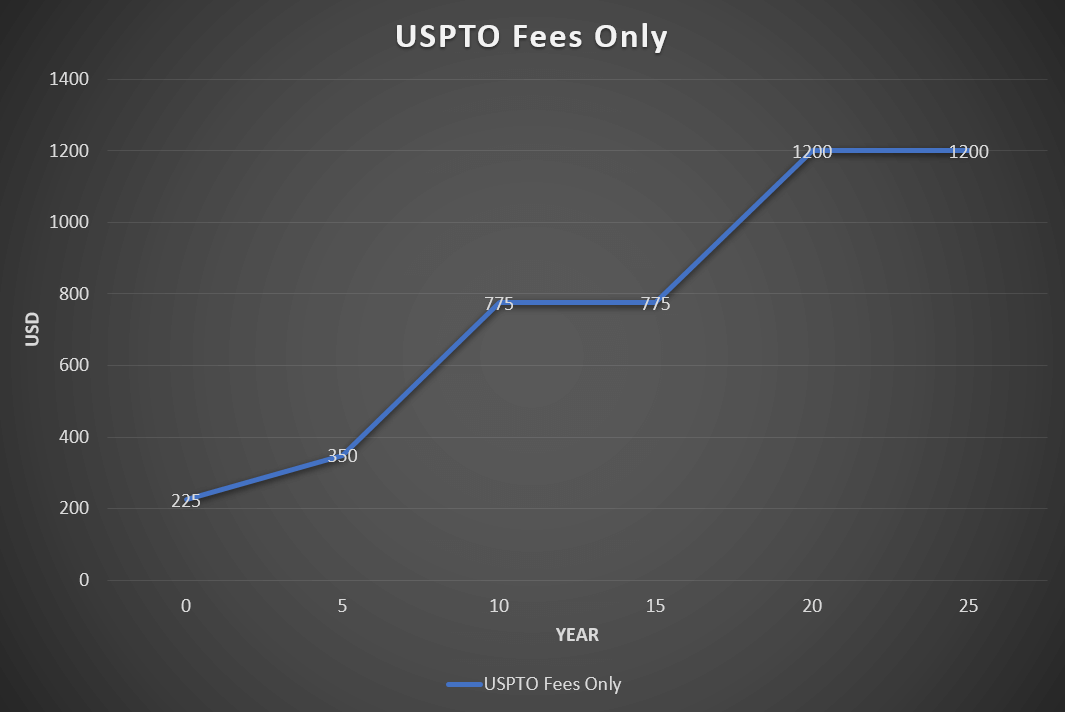How can IPfever reduce the cost of patent? We set up simple rules: (1) you do your own homework; (2) attorneys work online; and (3) we make sure the attorneys fees are proportional to what you get.
First, you do your own homework.
If you just ignore an issue because it’s too much to deal with yourself, nothing ever changes. Most small businesses don’t have a legal counsel of their own, meaning you probably need to spend extra money to work on IP issues. This is a mishap that can be avoided by educating yourself. In fact, basics of patent law can be understood within a reasonable time as long as you know where to look.
Second, attorneys work online.
This is an overly simple statement of what actually needs to be done. We’re talking about reducing unnecessary cost on lawyer’s part. Why do you need a fancy office space in downtown when the government agency you’re dealing with is not even in town?
When a patent research is virtually all about online databases, you don’t want to pay law firm’s researchers, administrative clerks and paralegals for an initial review of your company’s patent portfolio. It is an instant impression of your attorney that you want the most when you ask a lawyer if your business needs a patent. Unfortunately, a lawyer’s typical hourly charge include every help listed above.
Lastly, IPfever makes sure you get what you paid for.
It is unfortunate that the most businesses and individuals can’t afford a lawyer. What about a free initial consultation? We all know free stuff can be poisonous. When an attorney greets a free client, what would be first in his or her mind? He or she wants your business! A need for legal service will be emphasized, and a quick and easy solution is disfavored over conservative and costly measures.
IPfever wants to solve this problem with fairness in mind. If you hard press lawyers to give out more free stuff, it might good in the beginning but won’t last long. Nonetheless, it’s plausible that you can set up a fair ground where you pay for actual value of lawyer’s service. This is awesome not only for clients but also for lawyers who has a good legal mind but lacks marketing skills.
A fair ground starts with a better understanding.
If you are retaining an attorney because you don’t know a thing about the law, then you’re like asking a mechanic to take care of your car with a promise to pay whatever is done.













